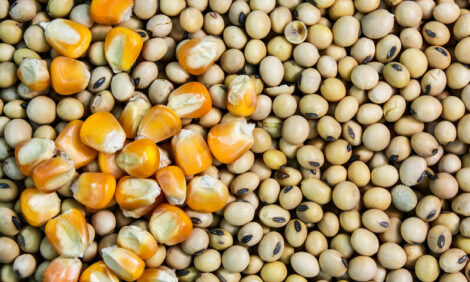



WISHH, FAS work together to ensure global food security
WISHH works in feed, livestock, and poultryThe US Department of Agriculture’s Foreign Agricultural Service (USDA-FAS) has partnered with World Initiative for Soy in Human Health (WISHH) to foster agricultural sustainability, boost food security and promote US products around the world, according to a recent FAS press release.
Established by the American Soybean Association, WISHH engages with local entrepreneurs to steer and support business development by monitoring patterns in protein demand around the globe.
WISHH currently has programs in 29 countries across sub-Saharan Africa, Latin America, and Asia. Most recently, in Ghana WISHH leveraged US soybean industry checkoff dollars and support from the FAS’s Food for Progress program to create new opportunities for both US exporters and Ghanaian farmers and consumers. US soybean farmers observed the implementation of these programs and saw firsthand how their soybeans are being used abroad.
“There’s a lot of room for expansion in overall production and after we talked to the farmers here, they seemed really enthused about trying to increase production,” Kansas soybean farmer and WISHH Treasurer Bob Haselwood said. “For us as soybean farmers, that will mean more need for soybean meal.”
To assure successful market development and to get knowledge from those who have already succeeded in various markets, WISHH also connects firms with partners across global market systems. While promoting and strengthening trade in targeted countries, these initiatives also improve food security by expanding local access to food and agriculture supplies.
WISHH works in multiple sectors within these countries, including feed, livestock, and poultry. Since the program’s early development, it has worked with the FFPr Program. FFPr helps developing countries and emerging democracies modernise and strengthen their agricultural sectors. Recipient countries sell donated US agricultural commodities on the local market and use the proceeds to support agricultural, economic, or infrastructure development programs.



